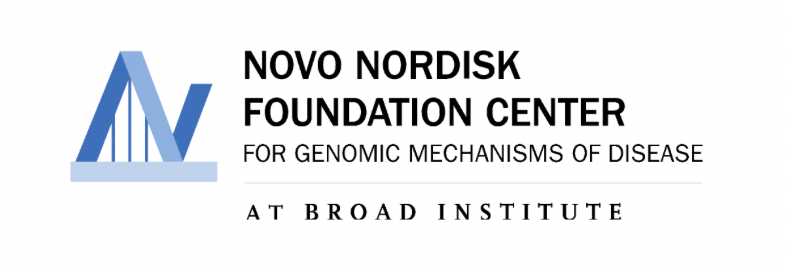BACKGROUND: The clinical course of major depressive disorder (MDD) is heterogeneous, and early-onset MDD often has a more severe and complex clinical course. Our goal was to determine whether polygenic scores (PGSs) for psychiatric disorders are associated with treatment trajectories in early-onset MDD treated in secondary care.
METHODS: Data were drawn from the iPSYCH2015 sample, which includes all individuals born in Denmark between 1981 and 2008 who were treated in secondary care for depression between 1995 and 2015. We selected unrelated individuals of European ancestry with an MDD diagnosis between ages 10-25 (N = 10577). Seven-year trajectories of hospital contacts for depression were modeled using Latent Class Growth Analysis. Associations between PGS for MDD, bipolar disorder, schizophrenia, ADHD, and anorexia and trajectories of MDD contacts were modeled using multinomial logistic regressions.
RESULTS: We identified four trajectory patterns: brief contact (65%), prolonged initial contact (20%), later re-entry (8%), and persistent contact (7%). Relative to the brief contact trajectory, higher PGS for ADHD was associated with a decreased odds of membership in the prolonged initial contact (odds ratio = 1.06, 95% confidence interval = 1.01-1.11) and persistent contact (1.12, 1.03-1.21) trajectories, while PGS-AN was associated with increased odds of membership in the persistent contact trajectory (1.12, 1.03-1.21).
CONCLUSIONS: We found significant associations between polygenic liabilities for psychiatric disorders and treatment trajectories in patients with secondary-treated early-onset MDD. These findings help elucidate the relationship between a patient's genetics and their clinical course; however, the effect sizes are small and therefore unlikely to have predictive value in clinical settings.
